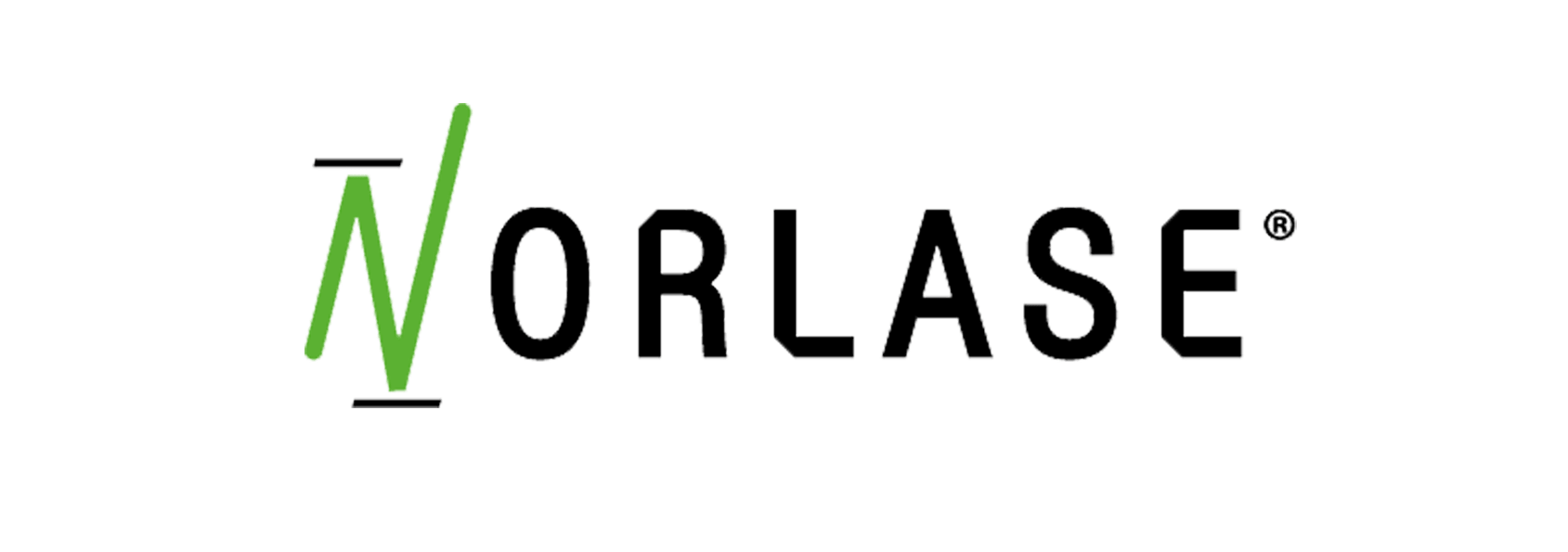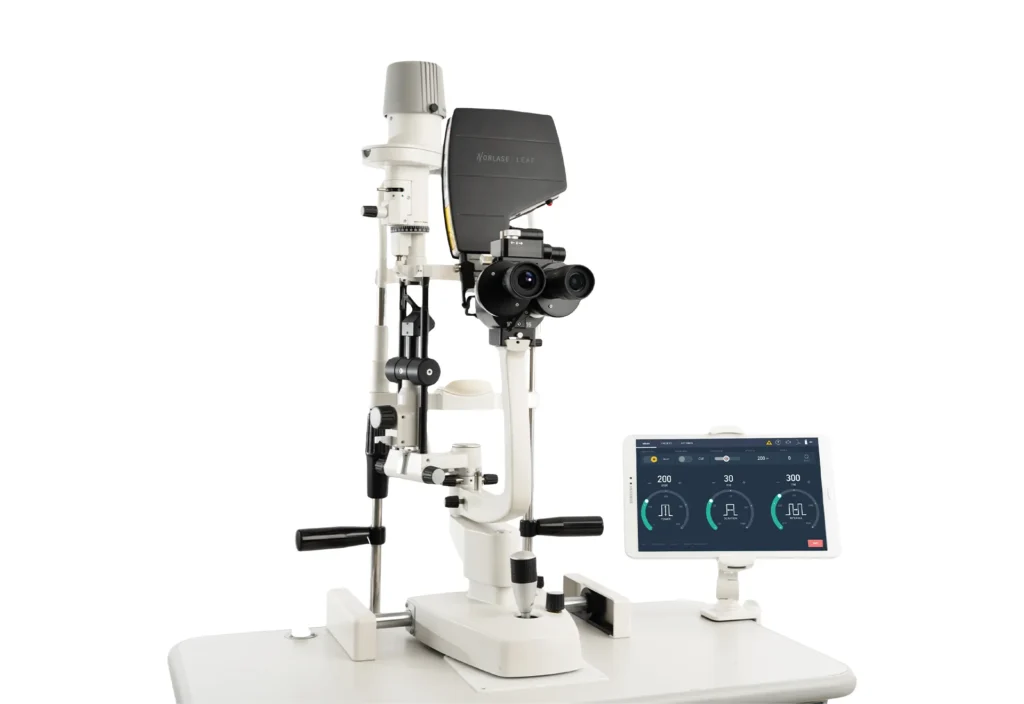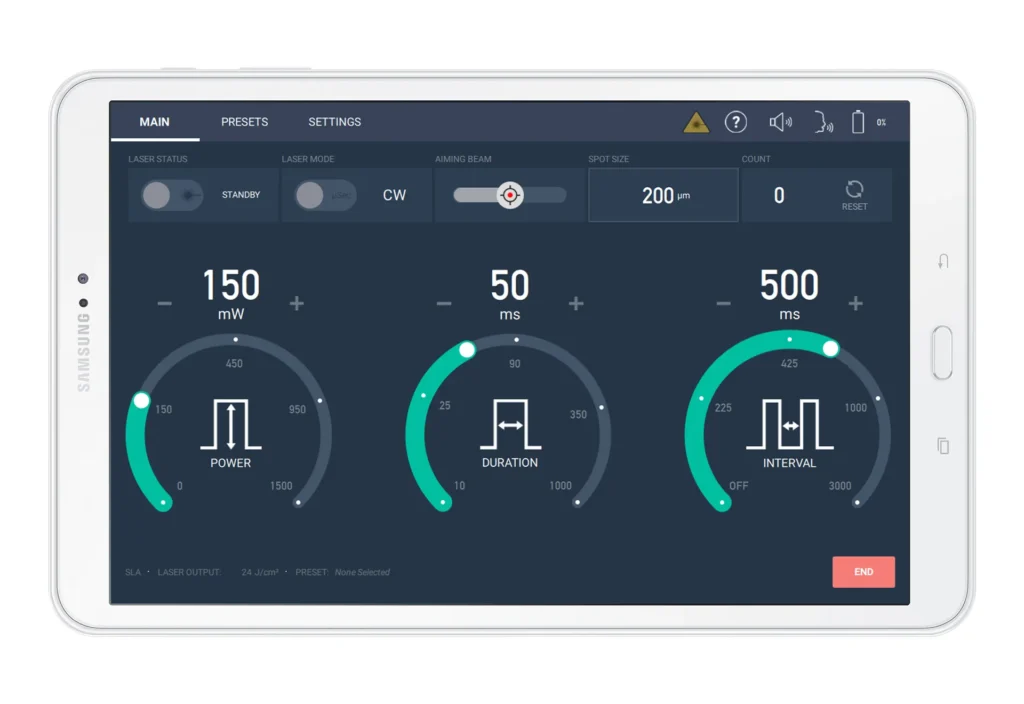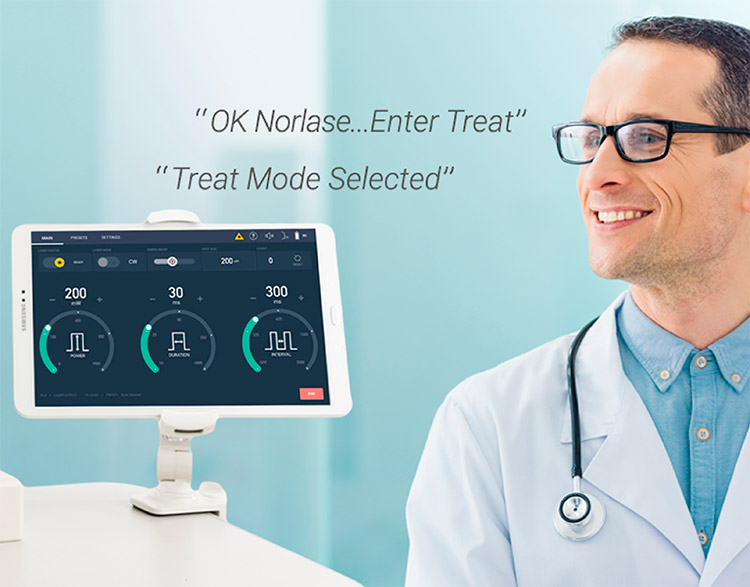219 Design has a long track record building cutting-edge GUIs for medical devices. When Norlase came to us with a vision for a revolutionary new laser photocoagulator, we knew we could knock it out of the park. 219 Design was able to provide the cross-industry engineering knowledge and interdisciplinary expertise they needed to achieve their goal to create a breakthrough device that would disrupt the market.
Transforming Medical Laser Systems
Norlase, an emerging global ophthalmic medical device company based in Denmark, develops laser solutions for the treatment of diseases. Today, their focus is on retina and glaucoma diseases, but the opportunities to transform medical laser systems are significant. Their newest product – the LEAF Green Laser Photocoagulator – reimagines laser photocoagulation through the eyes of ophthalmologists and patients.
Ophthalmic Medical Devices for Norlase
Introducing The Next Generation of Laser Medical Systems
Client Vision
To Expand the Boundaries of Laser Technology

“Norlase is my 3rd company to utilize the services of 219 Design. Acting as an extension of our own team, they helped us incorporate new technology, design the user experience, and build the graphical user interface for our medical device. I consider them an integral part of our development team by providing talent that is complementary to our own engineering resources.”Greg Fava, VP / General Manager of Medical
Norlase ApS

Reimagining Laser Photocoagulation with 219 Design
In 2017, Norlase added 219 Design to its team of worldwide industry experts in ophthalmology, laser technology, medical device development, and customer care as the lead on designing and building a graphical user interface (GUI) for Norlase’s LEAF device. Norlase wanted a tablet-based, touchscreen-only GUI for the LEAF Green Laser Photocoagulator. They also wanted the GUI to be wireless and voice controlled. These features and advanced technology would transform the user experience. The LEAF is the first device of its kind to include a beautifully intuitive layout, wireless communication, and voice control.
Mission #1: Prototyping New Devices
The first goal was to develop a proof-of-concept prototype to raise the additional funding needed to take their final product to market. Our in-house team of UI/UX designers and software engineers began by designing and developing multiple prototypes for evaluation and testing. For us, this process always starts with the end users – both doctors and patients.
We began by visiting with and interviewing opthalmologists to understand their needs and observing how they used their existing devices during surgery. By understanding the limitations and witnessing the doctor-patient interactions, we were able to quickly discover a number of possible improvements. This, as well as competitive benchmarking, helped us to rapidly build and iterate on designs – with the opthalmologists as an integral part of our iterative process.
Mission #2: Design the LEAF (Lightweight, Efficient, Affordable and Fiberless)
Using the initial GUI prototype, Norlase secured the necessary funding to take this product to market. 219 Design then built out all of the additional GUI features required for a full-fledged product, including continued iteration of the design itself. The final product was an FDA- and CE-approved best-in-class medical device that improves practice efficiency, patient care and physician convenience while providing a product that is cost efficient and maintains superior performance. 219 Design continues to support Norlase as they scale up manufacturing and sales.
The Solution: The Next Generation User Interface
The LEAF is the only photocoagulator on the market with a user interface that is portable, wireless, and voice controlled. 219 developed the GUI for an Android tablet, using Qt, C++, and Java.
- Portable – Moving the interface from the device to a tablet enables the doctor to interface with the device from anywhere.
- Wireless – We chose bluetooth low energy (BLE) to eliminate the need for anything but a power cord. This technology enables the laser device to be mounted directly to the slit lamp, vastly reducing the table space requirements and eliminating a jumble of cords – bringing it into the 21st century.
- Voice Control – We chose to build upon an offline voice recognition solution from Sensory that was perfect for the LEAF technology. The voice control requires no Internet access, recognizes multiple commands, and does not require training. Incorporating this technology into the photocoagulator enables the doctor to maintain their eye and hand focus on the patient, while still interacting with the GUI and adjusting settings.
- Touchscreen – Moving exclusively to a touchscreen for interacting with the GUI makes it cost-effective, easier to clean, robust, and user friendly.
- GUI Features – Custom-named presets, intuitive micropulsing setup, a built-in help manual, and treatment history are just a few of the advanced features included in the final product.

“When Norlase contacted us to design and develop a GUI for their new device I was immediately excited. While it’s a challenging and daunting task, it’s also an opportunity to explore a new space, truly learn the needs of end-users, and build something that people will simply love to use.”Dan Santos, Ph.D., Co-Founder
219



